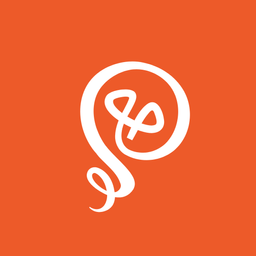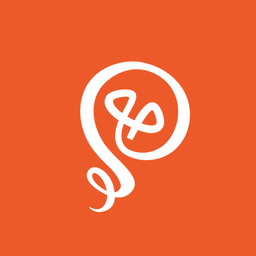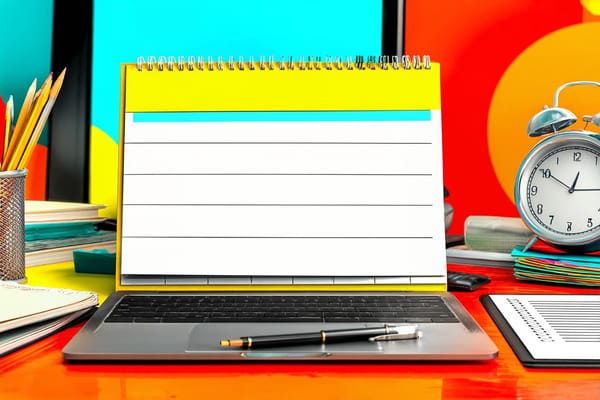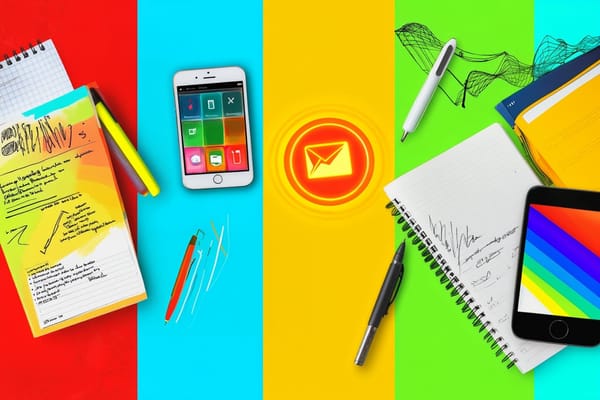Why I Have 3 Savings Accounts for My Solo Business
Keep your finances organized.
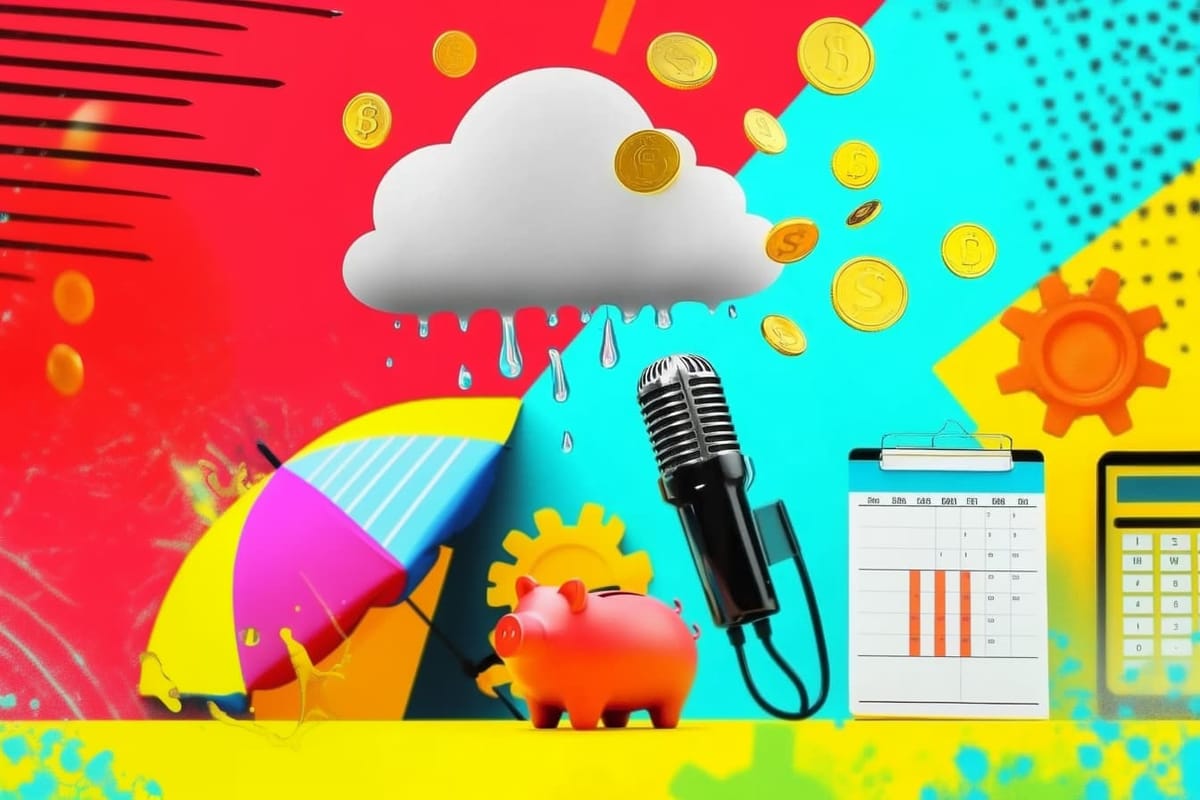
In my personal life, I have 11 savings accounts. Yep. Each one has a different purpose, like saving for vacations or spending on Christmas gifts.
It's easy to set aside money every month with automatic transfers, so that the money is available when I need it. For example, when I have to pay my car insurance once a year, I pull a (large) amount from my "auto" savings account.
When I started my freelance business, I decided to take a similar approach. I currently have four business savings accounts. These help keep my business finances organized, plus ensure that I have money when I need it.
Account 1: Rainy day fund
I put most of my savings in an account to save for a "rainy day."
Most of my client work is ad hoc. Many freelancers believe this means irregular income. And while it's true that my income varies slightly from month to month, I have enough regular clients that it's not a huge swing from one month to the next.
However, if I were to lose an entire client, that would be a different story. There's also some seasonal variation in my work. November and December are really busy for me (as a freelance fintech writer), as clients try to wrap up their year and spend their remaining marketing budget. Then January and February are slow as marketing teams determine their upcoming strategy before giving me work.
My rainy day fund keeps my income fluctuations minimal. If I have a really slow month, I can take money from this fund. The opposite is also true: if I have a great month and earn more than I need, I add extra money to the fund.
During my "regular" months, I also add money to my rainy day fund. It's part of my overall freelance budget. I've spent a long time building up this fund, so if something more serious happens that causes a loss of income, I have some money I can use.

Account 2: Vacation fund
If I don't work, I don't get paid. My clients are paying me per assignment or per project. If I take a week of vacation, it impacts my income for the month.
With my vacation fund, I can take stress-free time off. Sometimes clients will give me extra assignments to "make up" for the time off. But if they don't (or I don't want to take on additional work), I can draw from my vacation fund.
I take a lot of time off as a freelancer. Typically, I have 6+ weeks of vacation per year. I have school-aged kids, so I'm dealing with spring break, winter break, and summer.
When I was working for an employer, I always took time off to align with my kids' breaks. We like to travel or do other activities when they have no school. After I started working as a freelancer, I didn't want that to change. So I set aside money to make sure I can take time off when I want to.
Note: Taking time off also means I have to plan ahead with my clients. My project management system helps keep everything organized.

Account 3: Taxes
Taxes. The thing every freelancer has to deal with.
In the U.S., freelancers have to pay estimated taxes quarterly. According to the IRS, "To figure your estimated tax, you must figure your expected adjusted gross income, taxable income, taxes, deductions, and credits for the year." Then you take the total amount you owe, divide by four, and make your estimated payments by the required due dates to avoid paying a penalty.
I've been operating as a freelancer long enough that I know (approximately) how much I'll owe each quarter based on how much I've earned. You can also talk with a financial professional, or the IRS has a worksheet to help you calculate your taxes.
I set aside money every month to pay my quarterly taxes.
Account 4: Business investment
My last account is a fun one. I set aside money to make investments in my business. In the past, I've used this money for things like paying for a course or hiring a designer to do brand work. I've also used it to pay for equipment, like a fancy microphone, since I frequently appear as a podcast guest.
On a month-to-month basis, I'm not using the money in this account. Smaller investments (like maybe a book or paying for a template) come out of my regular business spending. This account is intended for larger purchases.
I have a business "wish list" in Notion [affiliate link]. In some cases, I have a specific purchase in mind and I'm waiting to have enough money to make the investment.
For example, I'd like to work with someone to help me assess my email marketing and automation. I have someone in mind, and her pricing is on her website. When I'm ready to move forward, I have the money available.
Find a bank that makes account opening easy
I'm so diligent about my freelance finances because I'm a former banker. I worked at a community bank for six years (and then at a fintech for 15 years).
You'll want to find a bank that makes it easy to open and manage multiple savings accounts. The bank I use lets me open additional accounts online in seconds. Some banks even target small businesses, offering additional features you might want, like bill pay or invoicing. My bank is also connected to QuickBooks, so transactions sync with my accounting system.
Your bank should never be a barrier to anything you want to do with your business.
This article is for informational purposes only. It should not be considered Financial or Legal Advice. Consult a financial professional before making any major financial decisions.
Freelance pricing is hard to figure out, but I’ve created a free resource for fellow writers. It outlines my rates, how I think about pricing, and how my pricing has evolved over time.


